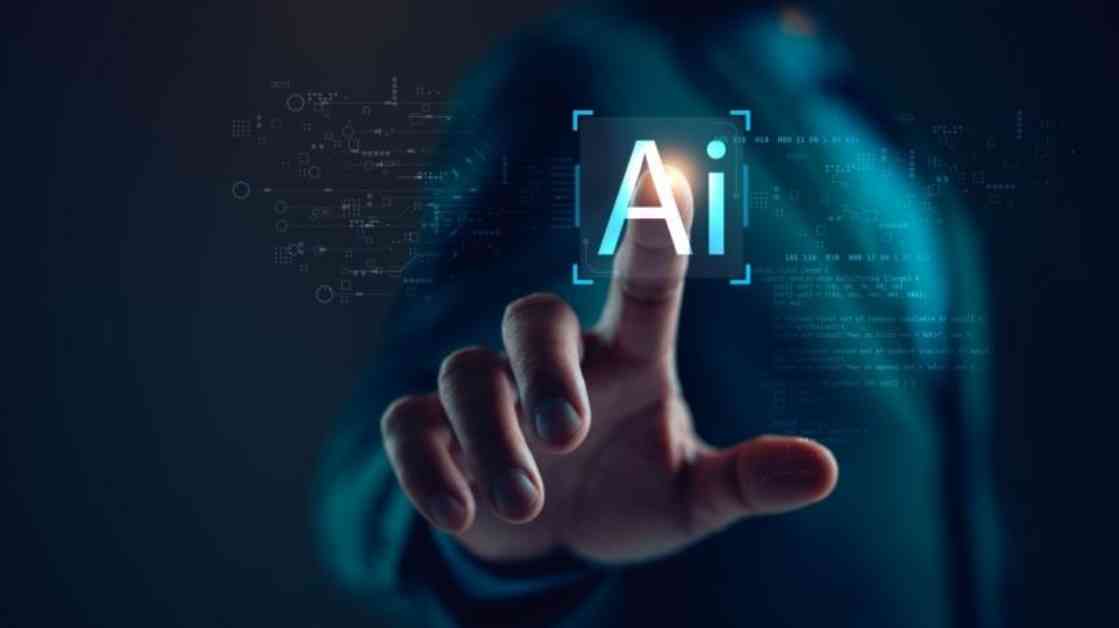Generative AI: Revolutionizing Learning and Development in 2025
As we step into the year 2025, the landscape of Learning and Development (L&D) is undergoing a significant transformation, thanks to the emergence of generative AI technology. This evolving technology is reshaping how organizations approach training, upskilling, and continuous learning programs, offering a glimpse into the future of employee development. Let’s delve into how generative AI is revolutionizing L&D in 2025 and beyond.
### Personalized Learning at Scale
Generative AI is making waves in L&D by enabling personalized learning experiences at scale. In the past, crafting individualized learning paths for employees was a cumbersome task, particularly for large organizations. However, generative AI now has the capability to analyze a myriad of data sources, including employee performance metrics, job roles, and learning preferences, to automatically curate tailored learning experiences.
AI-driven platforms can generate personalized content such as microlearning modules and interactive simulations that adapt in real-time based on a learner’s progress. This ensures that employees receive the most relevant training at the right time, reducing time spent on irrelevant material and enhancing engagement. For instance, AI-powered systems can identify when an employee is struggling with a concept and promptly generate additional exercises or resources to address the gap.
Leading organizations like IBM and Microsoft are already leveraging generative AI to personalize training programs for their workforce in 2025. These programs dynamically adjust to individual skill levels, ensuring more efficient and targeted learning pathways that help employees remain competitive in rapidly evolving industries.
### Streamlining Content Creation and Maintenance
Traditionally, creating training content has been a labor-intensive process requiring significant human effort. However, generative AI tools are revolutionizing content creation by automatically generating learning materials, including text, video, and interactive content, based on predefined learning objectives.
By 2025, L&D teams are increasingly turning to generative AI to develop and update training materials quickly and at scale. These systems can draw from a vast pool of existing company data, industry trends, and real-time information to create relevant and up-to-date content, minimizing the need for manual intervention. This automation frees up L&D professionals to focus on strategic tasks like designing learning experiences and assessing program effectiveness.
Generative AI also simplifies content maintenance by automatically reviewing training modules and flagging outdated or redundant information, ensuring that employees always have access to the most current and accurate resources.
### Enhancing Learning in the Flow of Work
Learning in the flow of work is a burgeoning trend that aligns seamlessly with the capabilities of generative AI. Rather than pulling employees away from their tasks for formal training sessions, AI enables real-time learning interventions that seamlessly integrate into the workday. Whether it’s providing on-the-spot support or generating step-by-step guides for complex tasks, AI tools make learning accessible and immediate.
For example, AI-powered chatbots can offer employees instant answers to their queries, suggest relevant learning modules based on current tasks, or generate practice exercises. This real-time support empowers employees to solve problems and acquire new skills without disrupting their workflow.
In 2025, generative AI is enabling companies to transition from traditional learning models to more agile, on-demand systems. This shift not only enhances productivity but also boosts learner engagement, as employees can immediately apply what they learn to real-world tasks.
### The Future of AI-Driven L&D: What Lies Ahead?
As generative AI continues to evolve, its role in L&D will only expand. One area of future development is AI-driven adaptive learning systems, which will become more sophisticated by continuously refining learning paths based on performance data, feedback, and changing job requirements. These systems will not only create personalized learning experiences but will also predict future skill gaps, enabling organizations to proactively address training needs.
Advancements in Natural Language Processing (NLP) will result in more conversational and intuitive AI interactions, making it easier for employees to seek help, ask questions, and engage with learning content. By 2025, virtual tutors powered by NLP could become a staple in L&D programs, providing human-like guidance and mentoring.
Generative AI is poised to play a crucial role in diversity, equity, and inclusion (DEI) initiatives by helping L&D teams create unbiased and culturally relevant content that resonates with diverse workforces. AI systems can be trained to identify and eliminate bias in training materials, ensuring a more inclusive learning experience.
Generative AI has transcended its futuristic status to become an indispensable tool shaping the future of Learning and Development in 2025. By enabling personalized learning at scale, streamlining content creation, and supporting learning in the flow of work, AI is redefining how organizations approach employee development. As L&D teams embrace these new capabilities, they’ll be better equipped to meet the evolving needs of the modern workforce, fostering productivity, engagement, and long-term success. To stay ahead of the curve, L&D professionals must continue exploring and integrating generative AI solutions, ensuring they not only address today’s challenges but also prepare proactively for the future.
